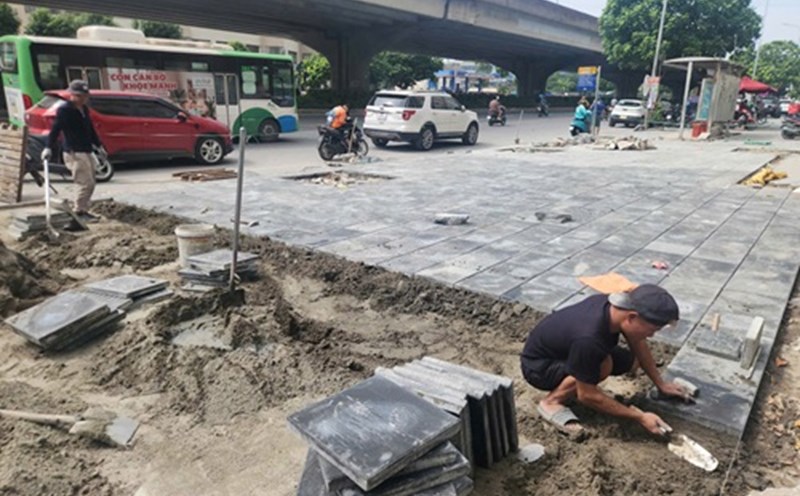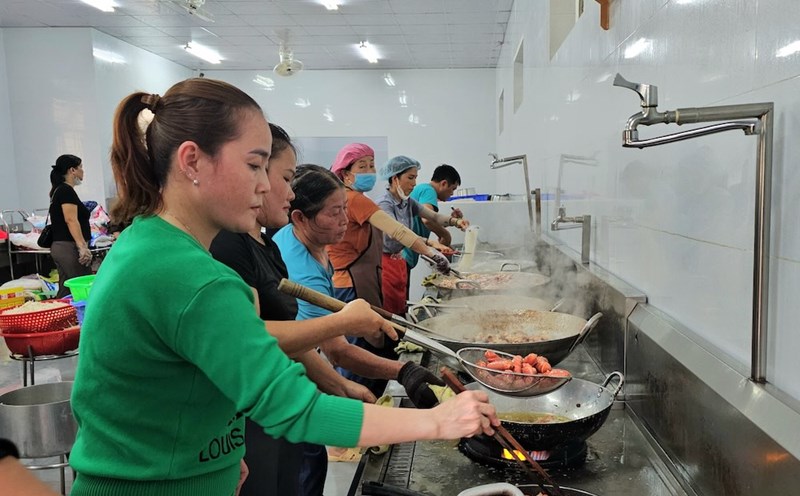Towards World Savings Day on October 31, Times Bank organized a seminar "Safety - Endogenous Strength in the Digital Age" to contribute to spreading the spirit of thrift, encouraging people to form healthy financial habits, accumulate safely, and invest effectively.
Growth trend in residential deposits at credit institutions
Speaking at the opening of the seminar, SBV Deputy Governor Pham Thanh Ha affirmed: "Along with the country's development process, the source of savings capital among the population is increasingly consolidated and affirmed its role as one of the important resources of the economy. The banking system is the main intermediary channel, effectively mobilizing and allocating capital for production, business and development investment. According to data from the State Bank, by mid-2025, residential deposits at credit institutions (CIs) will reach over 7.3 million billion VND, an increase of nearly 10% over the same period last year".

According to the SBV Deputy Governor, digital transformation has opened up a new development direction for the banking industry: Innovating the model of process automation, optimizing operating costs, improving productivity and reducing social waste. Currently, more than 95% of people's transactions are conducted via digital channels, non-cash payments increase by an average of over 45%/year, helping to save tens of thousands of billions of VND in social expenses each year.
Associate Professor, Dr. Chu Khanh Lan - Deputy Director of the Forecast and Statistics Department -current and financial stability of the SBV is viewed from many perspectives on the role of savings.

Seen from a national perspective, Associate Professor, Dr. Chu Khanh Lan cited the average growth rate of Vietnam at 6.5%. The savings rate of our country is not low but not as high as some other countries such as Singapore and China. However, the investment rate, the average value of the period is only about 30%, leading to a gap between savings and investment.
From the perspective of the National Credit institution (CIs) Strategy, the socio-economic development strategy is an inclusive viewpoint stated in Decision No. 149/QD-TTG of 2020 on the QG CIs Strategy. The system of goals and solutions was issued synchronously and effectively.
Mr. Lan said that in addition to promulgating legal frameworks, it is also necessary to provide knowledge to households and individuals to spend on living expenses and buy sustainable goods, access the legal financial system, avoid black credit, expand and link with many financial products and services; improve personal financial management skills and risk-resistant capacity (floods, natural disasters, epidemics, etc.).
space to encourage people to trust credit institutions
Regarding the results achieved in the National Banking and Investment Strategy, including 06/09 targets to strive for by 2025, the Deputy Director of the Department of Statistics and Forecasting - monetary stability shared: 87% of adults have transaction accounts at banks or other licensed organizations (2024); Number of non-cash payment transactions grows by 62%/year (2020-2024); 274,000 small and medium-sized enterprises have outstanding loans at credit institutions (March 2025); 75% of adults have information about credit history in the credit information system of the SBV (2024); 33,3% of adults deposit savings at credit institutions (2024); Outstanding credit to serve rural agricultural development accounts for 23.41% (March 2025).
Notably, a survey from households and individuals shows that the level of understanding of deposits at TCTD was clearly pointed out by Associate Professor, Dr. Chu Khanh Lan: " 20% do not know; 45% have heard or know; 35% know clearly. We still have a lot of room to contribute to promoting people's trust in credit institutions".
The bright spot is the level of trust in licensed credit institutions to deposit money or use current products reaching 86.2%. This data shows that people have begun to put their trust in credit institutions, which is an important factor in building a culture of thrift.











